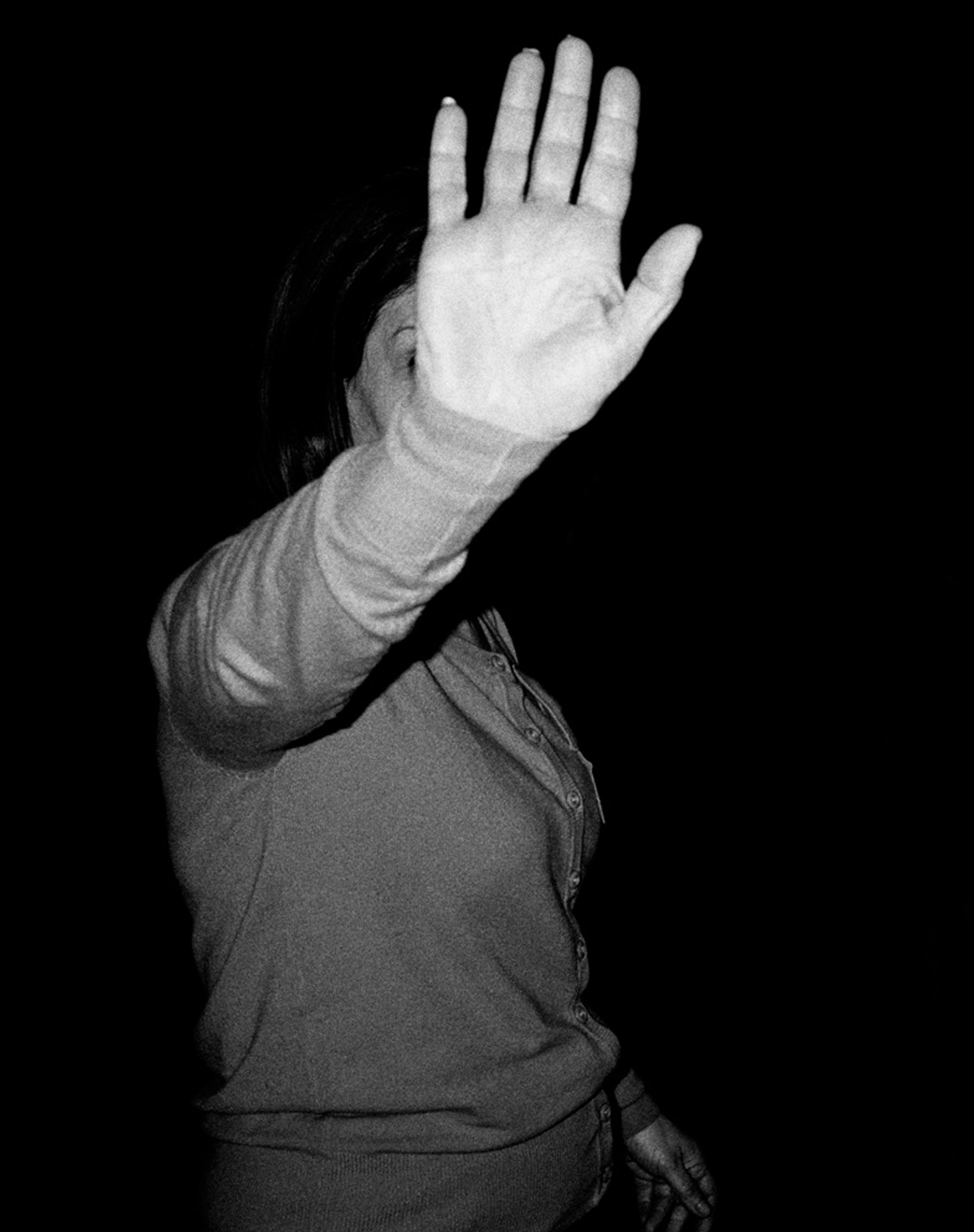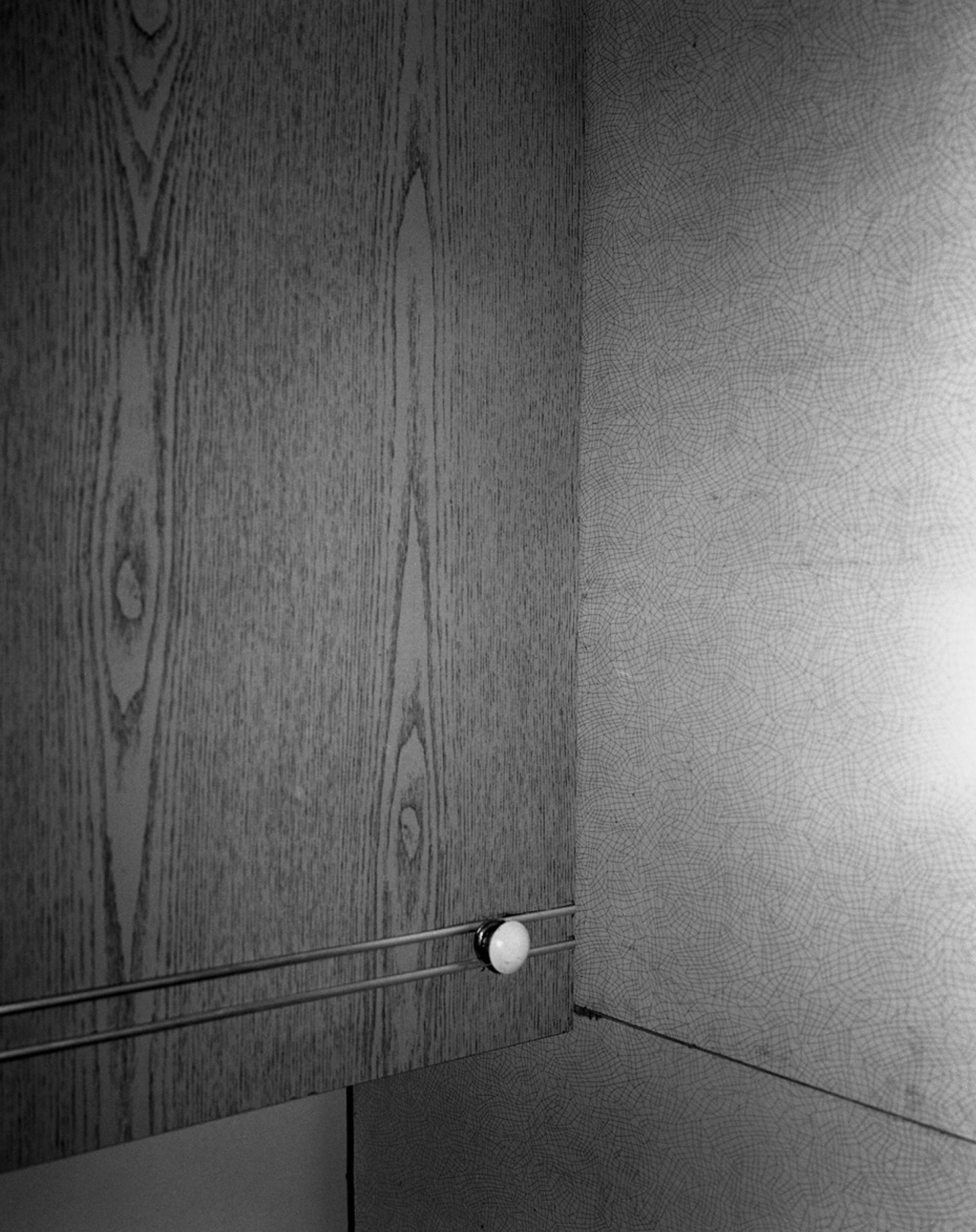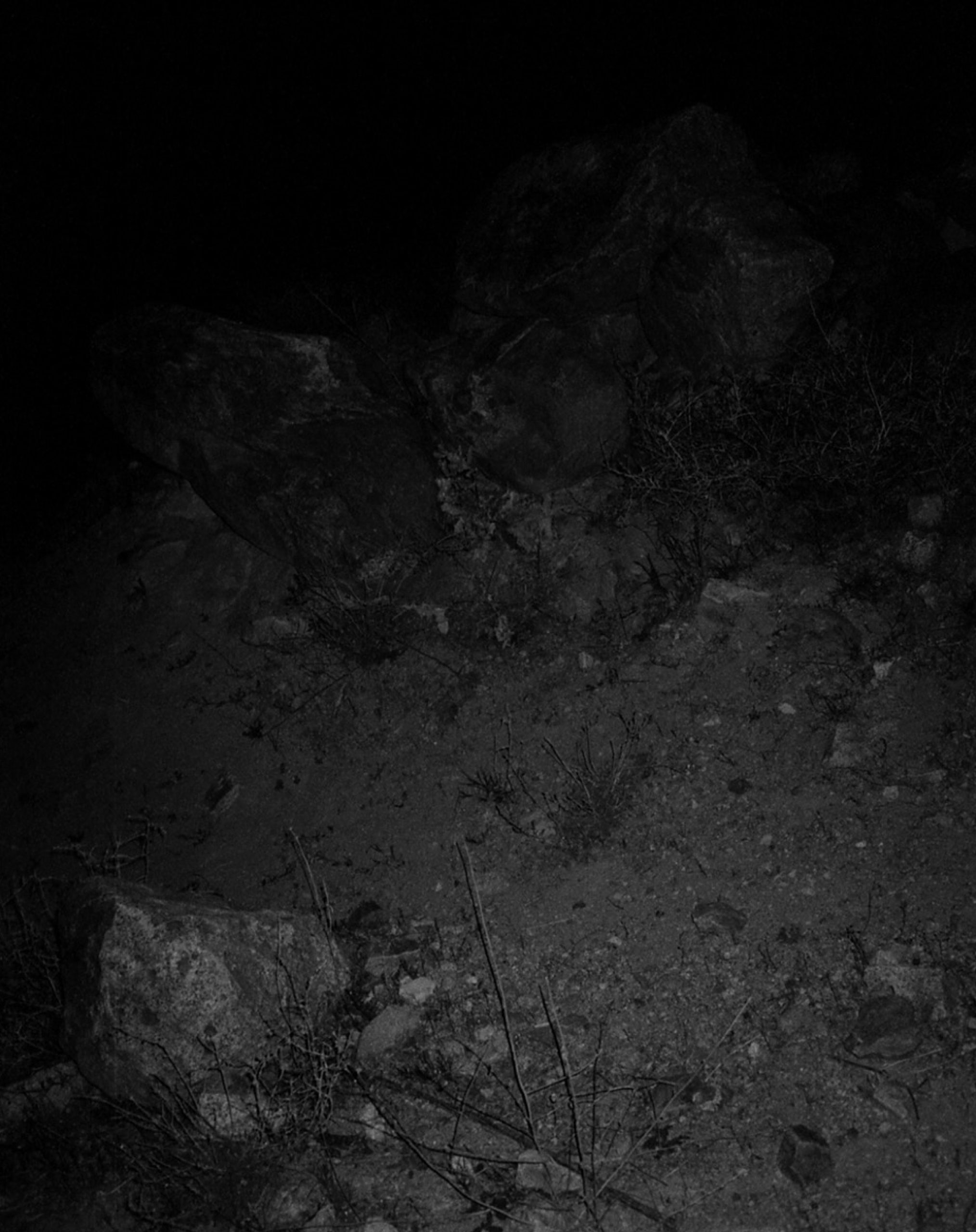Abstract
This spark examines Anush Hamzehian and Vittorio Mortarotti’s ‘Eden’ (2014) and its interrogation of representation, realism, and reification. It explores their critique of documentary conventions and image politics.
The promise of the border lies in its capacity for differentiation, its ontological gesture of severance: ‘here’ from ‘there’, ‘us’ from ‘them’, and at times, the prosperous from the impoverished, and the secure from the vulnerable. Yet, the border’s significatory reach far exceeds its conventional definition as a cartographic delimiter, having expanded to encompass allegories of passage, exchange, belonging, and loss, as well as translation, tension, and violence. Although the border’s materiality is merely a fiction, a construct of the ideological apparatus, the policing technologies’ capacity to conjure the border into a palpable, brute reality cannot be diminished—one whose very real effects on the bodies it separates and the biopolitics it upholds cannot be simply dismissed by insisting on its fictionality. The metaphorical recuperation of the border as an allegory of passage and exchange in the artworld serves only to mystify its implacable presence, whose material effects are anything but opaque in the marginalised subjects it produces. Yet, what disrupts the border’s determinism is the terrains it generates on either side—a spatial surplus. The border, in other words, cannot exist without producing a residual zone, a borderland that subverts the absolutism of a defined and totalised space, and interrogates the rigidity of the dividing line. ‘A borderland’ writes Gloria Anzaldúa, ‘is a vague and undetermined place created by the emotional residue of an unnatural boundary’—a testament to the border’s capacity to generate a zone of indistinction, a spatial aporia that disturbs the certainties of the cartographic definition of the world .
It is precisely the material displacement of bodies, the violent severance of selves from their territorial moorings, that sets in motion the artistic duo’s journey to Agarak, the last Armenian village before the Iranian northwestern border. This liminal zone serves as a proxy for the homeland that remains inaccessible, a gesture of approximating the unattainable, as Anush Hamzehian, son of an Iranian refugee, and his collaborator, Vittorio Mortarotti, attempt to bridge the distance between the Armenia-Iran border and the Iran that lies beyond in their lens-based project, titled Eden. The project explores the multivalent functions, consequences, and ‘emotional residues’ of the border, incorporating both the materiality of the border and the ambiguity of the borderland in a series of ten large-format photographs, a single-channel video, and a large-format video installation projected on three adjacent screens. By taking up the language of oppositions and binaries that the border instantiates, Eden navigates the aporia that is the border, generating complex narrative structures and visual spaces that effectively blur the dividing lines between the socio-political and the personal, the figural and the representational, and ultimately, between realism and the Real.
In 2014, Anush Hamzehian and Vittorio Mortarotti undertook a residency in Agarak, where they spent a month navigating the interstitial spaces that mark the threshold between two nations. During this time, they amassed a vast array of visual documentation, meticulously capturing the lives of the border’s inhabitants, the stark landscapes enveloping them, and the eerie architectures that punctuate that landscape. This visual archive was finally transformed into a complex work of art comprising large-format photographs, videos, and video installations—a multimedia assemblage curated in a manner that intentionally disrupts the viewer’s spatial orientation through an immersive space with disorienting effect, mirroring the dislocations and disjunctions inherent to the border itself. For Hamzehian, this journey was also a personal one, driven by a desire to connect with a place that held a profound significance: born and raised in Italy to Iranian parents who had never returned to their homeland, he aimed to get as close as possible to Tabriz, the city in northwest Iran where he was conceived, yet had never seen.
In this border zone, the personal and the communal become inextricably entwined, as the narratives of Agarak’s inhabitants coalesce with Hamzehian’s own quest for origins. Echoed in their visual and verbal chronicles of the people of Agarak, they portray a region that is distinctly marked by its proximity to the ‘other’, and yet never close enough to it. This proximity inscribes a peculiar dialectic of intimacy and distance, marked by the fleeting, affectionate glances across the border, the curious practice of observing the other side through a telescope, and the longing to ascend ‘higher and higher’ once the mountain’s peak has been reached. Here, the borderland unites Hamzehian’s longing for belonging with the narratives of those who inhabit a perpetually transient and uncertain space, possibly harbouring the desire to escape it.
The single-channel video, accompanied by a narrative voice-over that recounts the artists’ encounters in the border town, traversing back and forth between Agarak and Meghri, presents a visually intriguing monochromatic image of amorphous shapes that are gradually and softly illuminated. Yet, as the voice-over recounts the artists’ disappointment with the distance obscuring people and their movements from the other side, rendering life static and opaque, the video incrementally fades into black, withholding any identifiable figuration. Eschewing the depiction of discernible objects, the work crafts a potent visual poetics that constantly draws our attention to the indistinct zones of the borderland and the amorphous, multivalent textures of human relations.
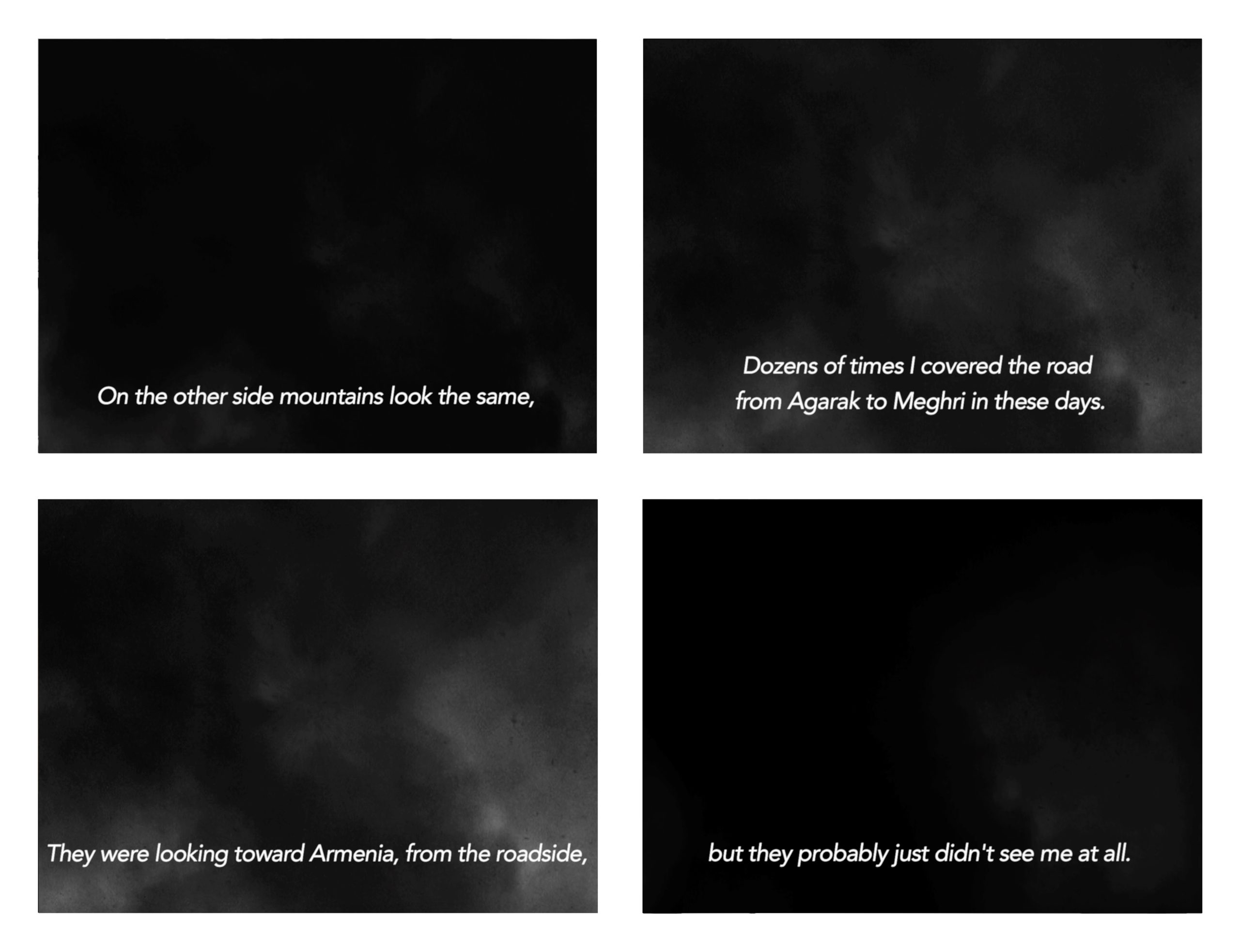

The narrative layer, delivered through a voice-over, recounts an Iranian family or group of friends gazing toward Armenia from the Iranian side of the border. By deliberately withholding visual representation of these onlookers, the work introduces a strategic ambiguity that highlights the constitutive relationship between representation and the identitarian logics that underpin it. This deliberate omission serves as a critique of the notion of representation itself, foregrounding the intrinsic inadequacy of realistic images to capture or reconstruct the porous ‘reality’ of the borderland. Although the videos and photographs function as documentary evidence of the artists’ presence in Agarak, these realistic images invariably fail to encapsulate or reconstruct the realities of their lives and interactions with the inhabitants of the border zone. This insufficiency, though, is integral to the artists’ collaborative project, as it blurs the distinction between ‘realism’ and ‘reality’, compelling a reexamination of both constructs.
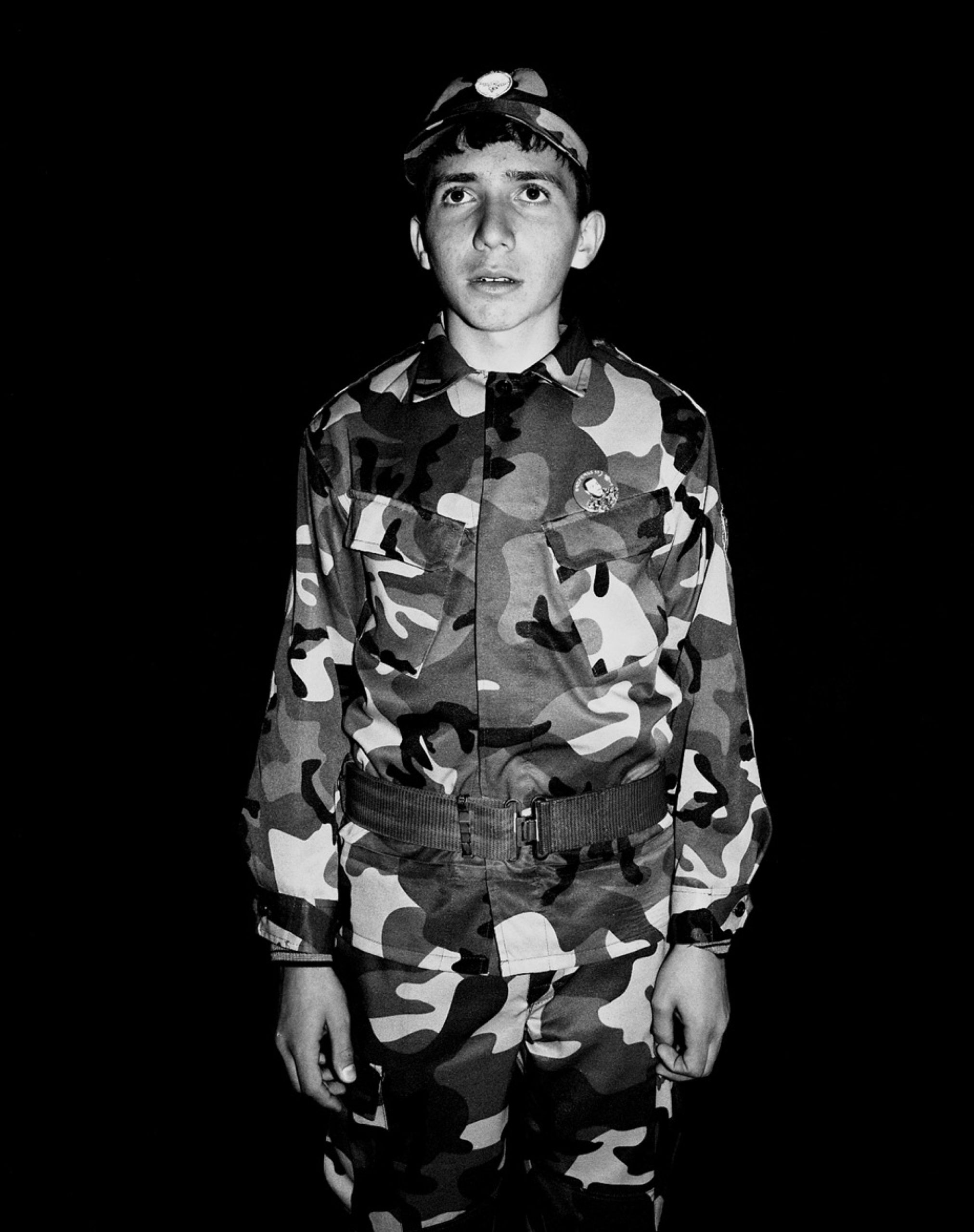
The project’s realism, liberated from a fetishistic fidelity to a constructed notion of ‘the real’, prevents the large-format social-documentary depictions of stereotypically marginalised subjects—the prostitute, the soldier, the child—from lapsing into the clichéd representational tropes perpetuated by the ideological apparatus of contemporary mass media, as described by Boris Groys . By incorporating disparate images—such as isolated rocks, a cabinet door, a dimly lit mountainous landscape, or a chandelier—the work disrupts any attempt at a seamless narrative, thereby avoiding the reductive portrayal of these marginalised subjects as mere ‘victims’ of reportage, and instead foregrounding the inherent contradictions and complexities of representation, which, under late capitalism, serves to reify social relations.
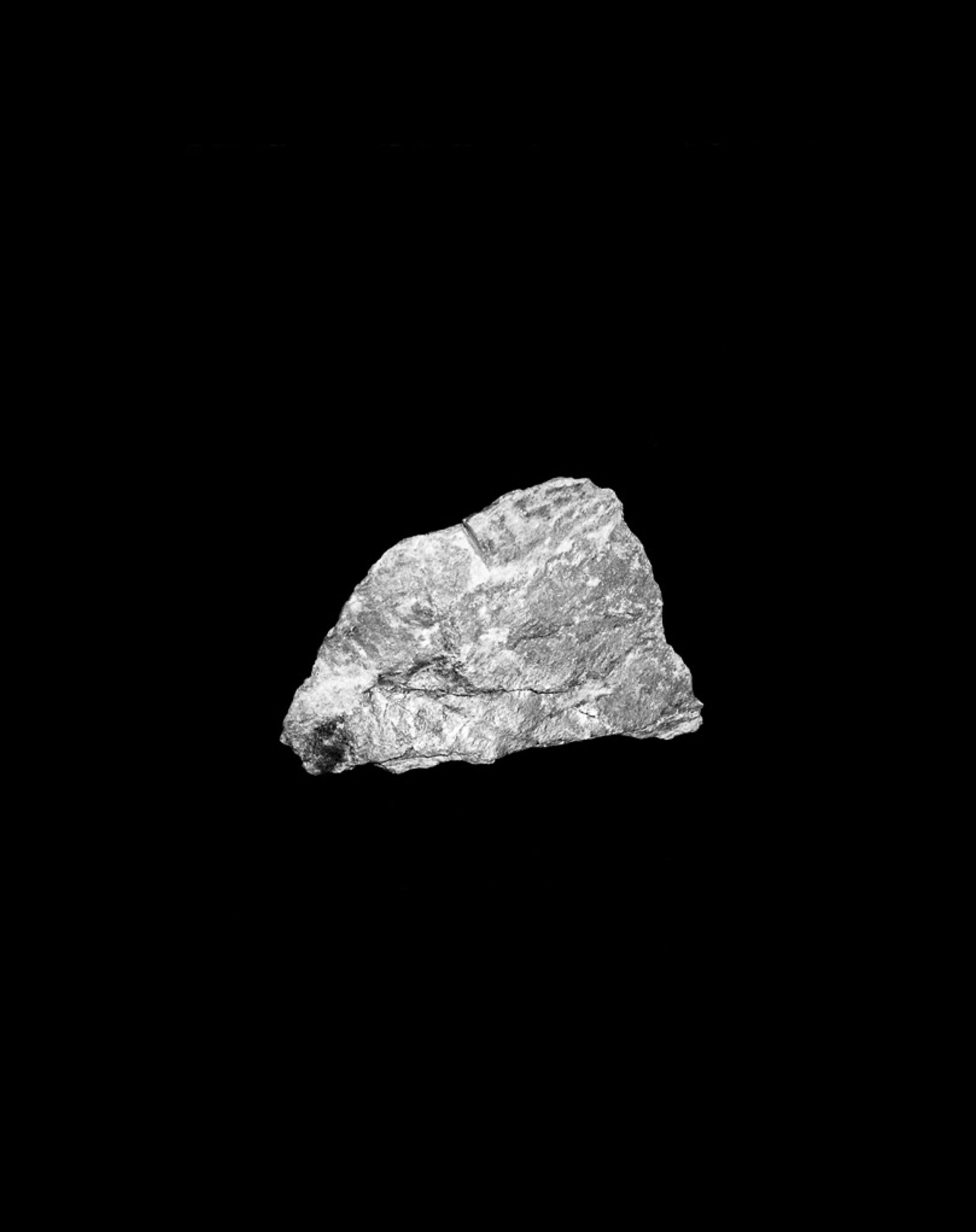
The deliberate incongruity in Hamzehian and Mortarotti’s images disrupts the reified aesthetics of social-documentary. Without necessarily resorting to abstraction, it introduces a form of realism that operates independently from the mere representation of reality and the narratives that typically underpin it. The calculated arrangement of the images forms a corridor that regulates the bodily movements of the viewers, mirroring the disciplinary mechanisms that exert control over surveilled and policed bodies at the border. By foregrounding the materiality of the images and our own embodied relation to them, the artists’ work occasions a critical examination of representation, laying bare its inherent incapacity to capture the multifaceted nature of human experience and the complex socio-political realities that govern our lives. In its ‘negation of informational content’, a term I borrow from T. J. Demos, Eden assumes a political stance that runs the risk of being overlooked precisely because of its deliberate omission of informational content . The blurring of fiction and documentary in Hamzehian and Mortarotti’s work denies the audience the voyeuristic satisfaction of peering into the ‘realities on the ground’ of the terrae incognitae of the non-West, challenging the conventional consumption of images and narratives that often exploit these regions for sensationalist or altruistic portrayals.
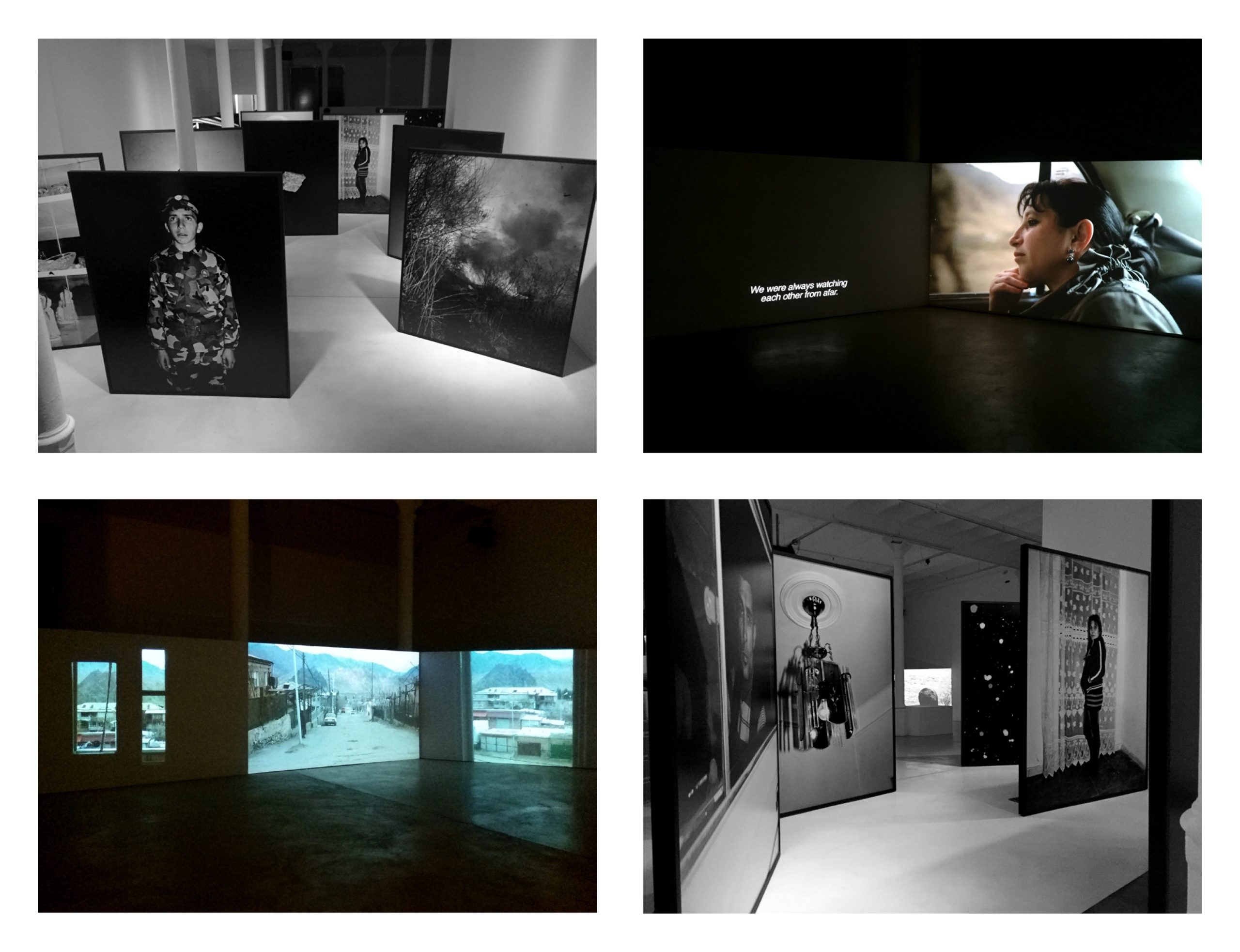

Hamzehian and Mortarotti are acutely aware of the ways in which the optics of globalisation—the telescopic gaze that compresses the distant into a static and flattened image, a distortion akin to the compression of a telephoto lens—serves to efface the multiplicity of lived experience. Their visual praxis resists the imperative to ‘bring home’ the foreign, instead opting for a ludic repertoire that subverts the desire of a global art market for cultural difference. In doing so, they stake out a politics of the image that disrupts the reductive identitarian readings that have come to characterise the reception of non-Western art in the metropolitan centres of the West. Eden presents a provocatively disorienting encounter with the borderlands, one that productively troubles the normative definitions of amorphous border zones—both cartographically and metaphorically—and gestures towards a more nuanced, dialectical understanding of the complex interplay between borders, territories, and identities.



